Creating a vehicular underpass on the Delhi to Katra Expressway is a complex project that involves meticulous planning, design, and execution. This outline provides a comprehensive overview of the steps and considerations for designing and constructing a vehicular underpass with approach and service roads on the Delhi to Katra Expressway.
Site Survey and Analysis
Topographical Survey
A detailed topographical survey is essential to understand the existing terrain, road conditions, and drainage patterns. This survey helps in planning the underpass alignment and approach roads effectively.
Geotechnical Investigation
Geotechnical investigations assess soil properties, bearing capacity, and water table levels. These factors are crucial for designing the foundation and ensuring the structural stability of the underpass.
Design Requirements
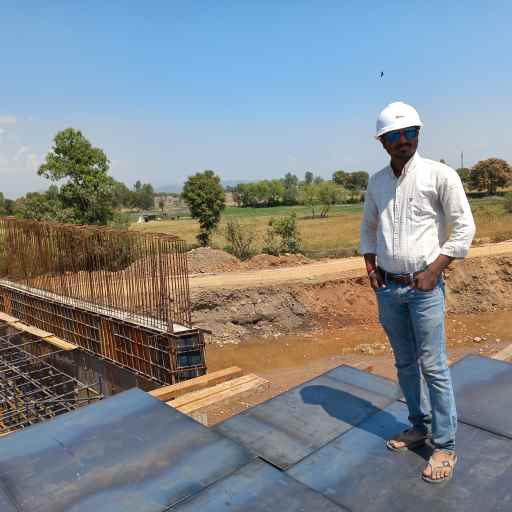
Clearance
The underpass must provide adequate vertical and horizontal clearance for various vehicle types, ensuring smooth and safe passage.
Width
The width of the underpass should accommodate the expected traffic volume, typically featuring at least two lanes in each direction.
Service Roads
Parallel service roads are essential for local traffic, ensuring connectivity and minimizing disruption to the main expressway traffic. These roads should be designed to handle local traffic efficiently and safely.
Structural Design
Type of Underpass
The choice between a box culvert, reinforced concrete frame, or precast units depends on the specific site conditions and construction preferences. Each type has its own advantages and considerations.
Load Considerations
The design must account for live loads (vehicular traffic), dead loads (structure weight), and environmental loads (such as wind and earthquakes) to ensure durability and safety.
Foundation
Based on geotechnical data, the foundation is typically designed using reinforced concrete footings or piles. The foundation must be robust to support the underpass structure.
Drainage System
Surface Drainage
Proper surface drainage is crucial to prevent water accumulation on the road surface, which can lead to hydroplaning and other safety hazards.
Subsurface Drainage
A well-designed subsurface drainage system is necessary to manage groundwater and prevent weakening of the underpass structure.
Approach and Service Roads Design
Alignment
The horizontal and vertical alignment of the approach and service roads should be carefully planned, considering existing road networks and land acquisition constraints.
Safety Features
Incorporate safety features such as guardrails, signage, lighting, and road markings to enhance the safety of motorists using the underpass and adjacent roads.
Conclusion
Designing and constructing a vehicular underpass on the Delhi to Katra Expressway is a multifaceted project requiring careful planning, design, and execution. By following these steps and considerations, the project can be completed efficiently, ensuring safety, durability, and minimal environmental impact.
What factors are considered in the design of the vehicular underpass?
Key factors include clearance, width, load considerations, drainage systems, and the alignment and design of approach and service roads to ensure safety and efficiency.
How is traffic managed during the construction of the underpass?
Traffic management plans involve staging construction in phases, providing clear detours, and using appropriate signage to minimize disruption and ensure safety for road users.
What environmental considerations are taken into account?
Environmental impact assessments identify potential negative impacts, leading to mitigation strategies. Sustainable materials and construction methods are used to reduce the project’s ecological footprint.

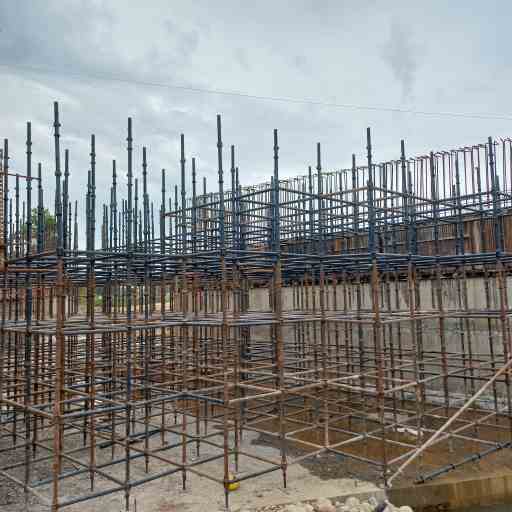
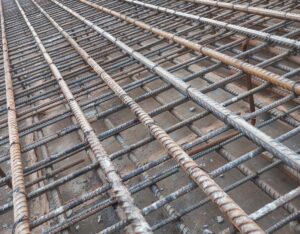
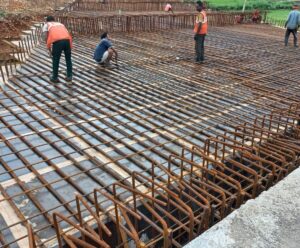
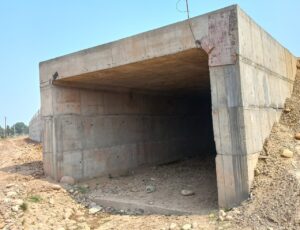
[…] placing them in designated positions within the formwork before pouring the concrete. Proper alignment and secure attachment are essential to ensure they function effectively in reinforcing the concrete […]
[…] erosion around the culvert and techniques to preserve local wildlife habitats, ensuring that the construction process supports environmental […]